At a time when consumers have more questions than ever about where their food comes from and how it’s produced, Dietitians are finding answers. Once again, we were invited to go behind the behind the scenes to learn more about farming and food production. Here is a brief story of the three local Ontario farmers we met, who are passionate about what they do – which is to grow Ontario food that we enjoy so much.
Disclosure Statement: This event was hosted by Farm and Food Care Ontario and Canadian Agricultural Partnership
Pristine Gourmet
We met Jason, a 4th generation farmer who wanted to add value to the farm operation. He and his wife Linda bought another farm and built a grain drying and storage facility. Pristine Gourmet was formed with the vision of supplying the food industry and restaurants with quality, local artisan foods. Today through the brand Pristine Gourmet Pure Virgin Oils, the Persall family provides cold pressed products including canola, soybean and sunflower oils, all of which are 100% pure Canadian from field to table. https://www.pristinegourmet.com/
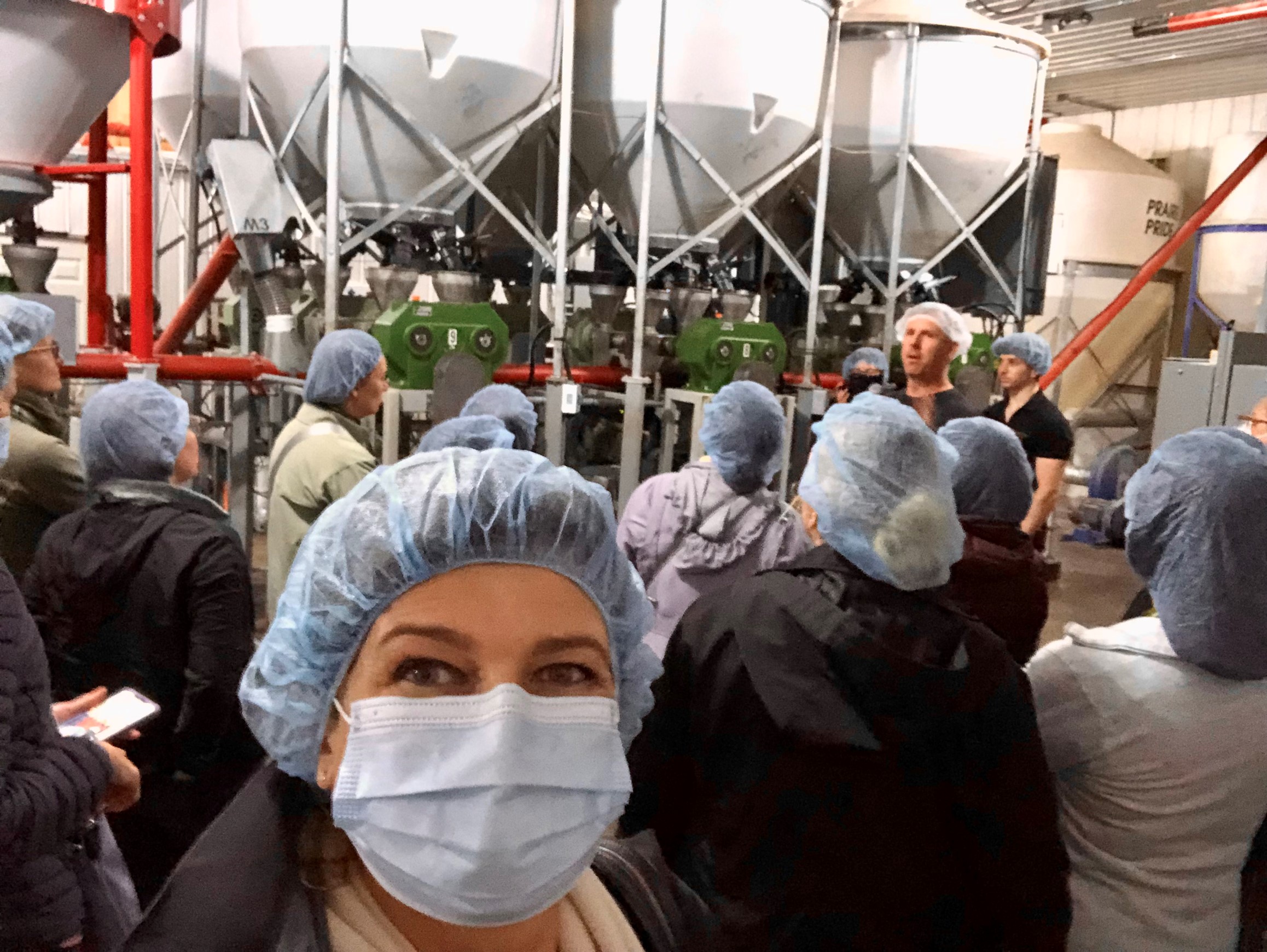
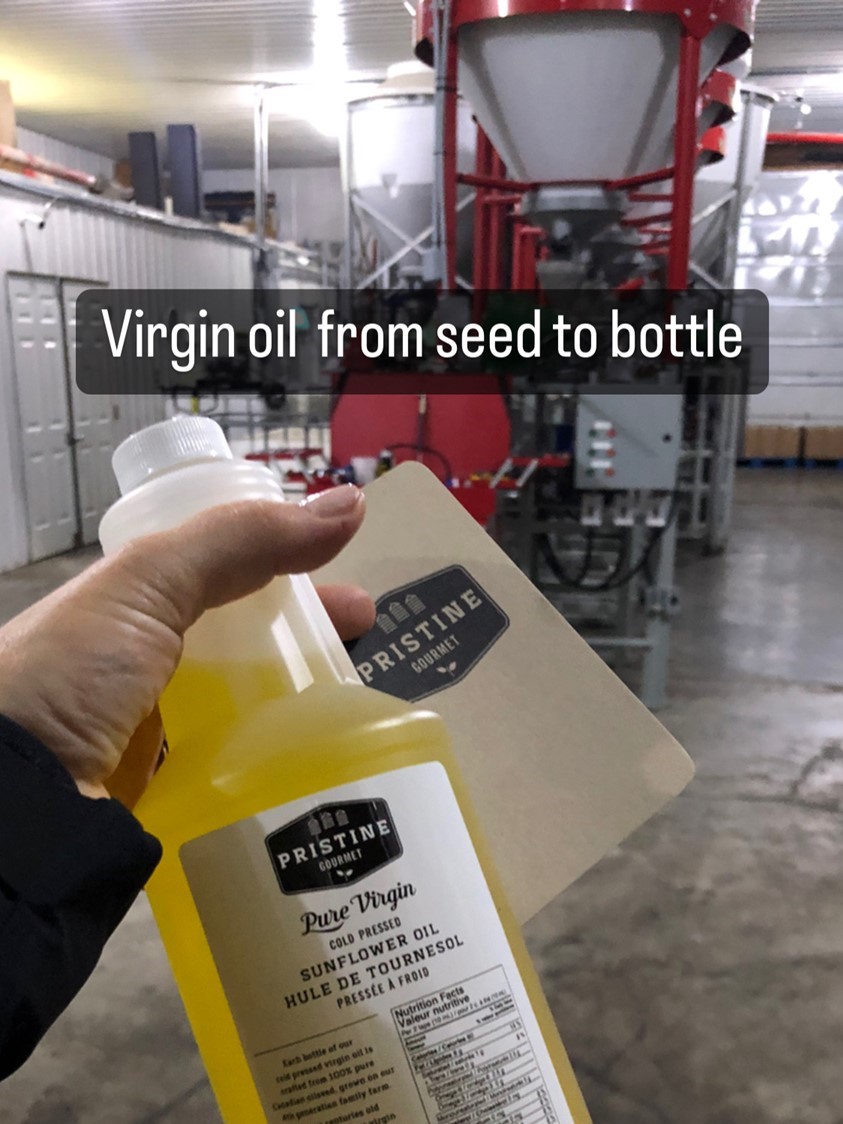
Image: Lucia and Sue tour seed oil production facility
Roanoke Farm
Scott Persall shared his story where along with his father, Doug, and his wife, Sara, they grow corn, soybeans, and wheat on 400 acres near Waterford, Ontario. They also have 18,000 egg laying hens. At this stop, we learned about the day-to-day operation of grain and oilseed production including the hard work that goes into planting, growing and harvesting Ontario’s crops.

Image: Lucia in a soybean field
P & H Milling Group
We had a rare opportunity to tour a state-of-the-art flour making facility and grain terminal elevator owned by Parrish and Heimbecker Ltd., (P&H) on the Port of Hamilton. P&H is a Canadian, family-owned agribusiness, with roots in the agriculture industry since 1909. P&H are manufacturers of the high quality of wheat and pulse-based products including hard and soft flour, durum semolina, bran, wheat germ, organic hard and soft flours, organic pea starch and a variety of pulses. https://phmilling.com/


Images: P & H Grain terminal elevator and mill.
Thanks to the event sponsors for hosting an informative day and introducing us to farmers who shared insights and knowledge on food and farming. Farm and Food Care Ontario and Canadian Agricultural Partnership
Written by Lucia Weiler, RD, PHEc, Award-winning dietitian and Co-Founder, n4nn


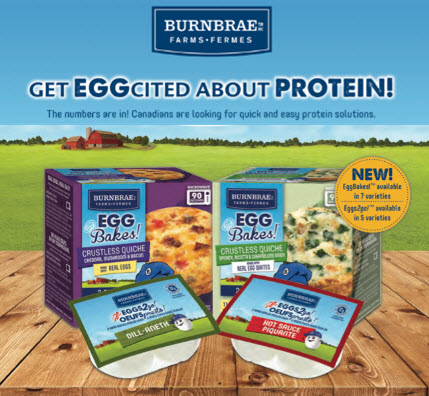
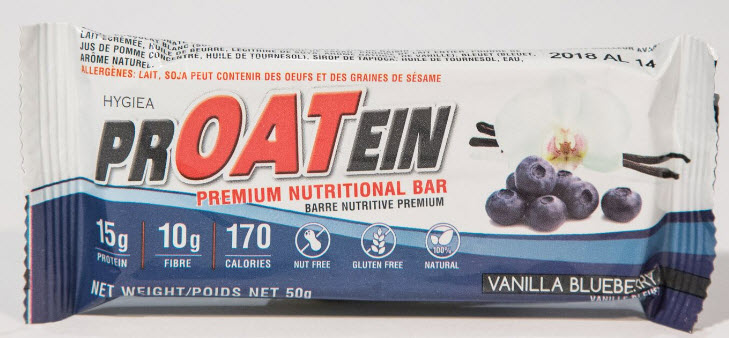
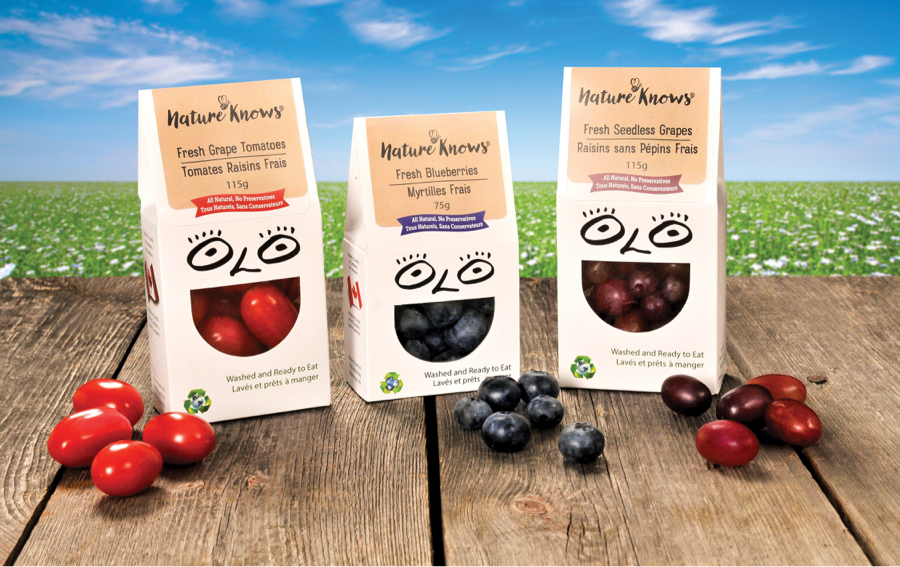



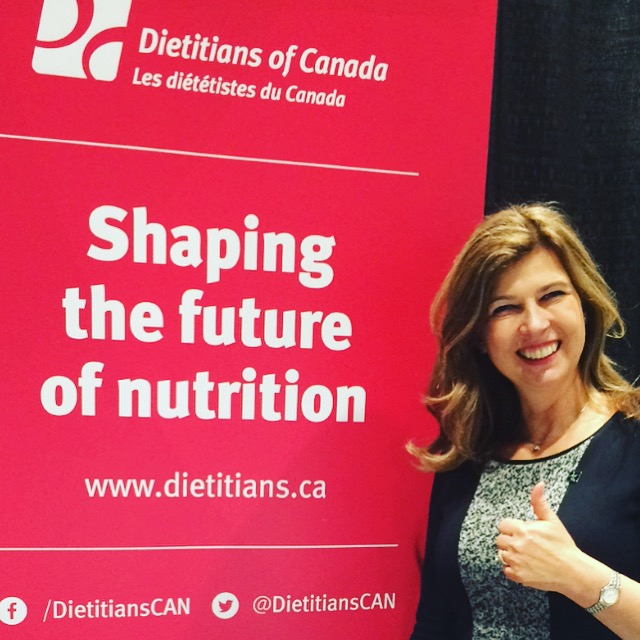
 Restaurants Canada’s 8th annual Canadian Chefs’ survey tells what’s trending now and what the up and comers are as well. Of the 20 chef trends mentioned in the research, here are our TOP 7 favourites with insights from our food forward health conscious perspective.
Restaurants Canada’s 8th annual Canadian Chefs’ survey tells what’s trending now and what the up and comers are as well. Of the 20 chef trends mentioned in the research, here are our TOP 7 favourites with insights from our food forward health conscious perspective.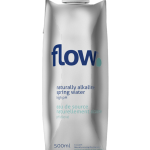 Alkaline water –naturally alkaline water with a high pH. A 500 mL serving contains: 0 calories, 0 g fat, 4 mg sodium 0 g carbohydrates, 0 g protein, 4% DV for calcium. (Top 10 Most Innovative Products for 2015.)
Alkaline water –naturally alkaline water with a high pH. A 500 mL serving contains: 0 calories, 0 g fat, 4 mg sodium 0 g carbohydrates, 0 g protein, 4% DV for calcium. (Top 10 Most Innovative Products for 2015.) Aloe water – pulp free and sourced in North America. A 450 mL serving contains: 35 calories, o g fat, 0.015 mg sodium, 9 g carbohydrates, 8 g sugars, 0 g protein. (Made with aloe vera inner leaf powder, organic cane sugar, RebA stevia extract.)
Aloe water – pulp free and sourced in North America. A 450 mL serving contains: 35 calories, o g fat, 0.015 mg sodium, 9 g carbohydrates, 8 g sugars, 0 g protein. (Made with aloe vera inner leaf powder, organic cane sugar, RebA stevia extract.) Boxed water – why, because as the package says, “Boxed water is better”. The package tells their story – 78% of the box is composed from trees. No nutrition facts information is shown on the box.
Boxed water – why, because as the package says, “Boxed water is better”. The package tells their story – 78% of the box is composed from trees. No nutrition facts information is shown on the box. Protein2O – a protein enhanced water. A 500 mL serving contains: 70 calories, 0 g fat, 120 mg sodium, 70 mg potassium, 2 g carbohydrates, 0 g sugars, 15 g whey protein. (Made with sucralose.)
Protein2O – a protein enhanced water. A 500 mL serving contains: 70 calories, 0 g fat, 120 mg sodium, 70 mg potassium, 2 g carbohydrates, 0 g sugars, 15 g whey protein. (Made with sucralose.)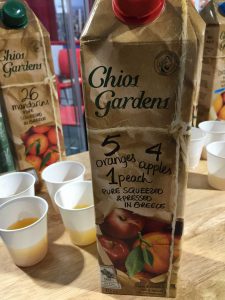
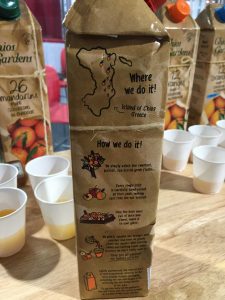
 3. Locally-grown quinoa. Who knew this gluten-free grain could be grown right here in in Ontario? Available in 2016.
3. Locally-grown quinoa. Who knew this gluten-free grain could be grown right here in in Ontario? Available in 2016.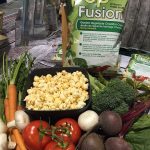 4. Pop Fusion Popcorn. Another local innovation. Popcorn is flavoured with a seasoning blend made from all of the veggies you see in the photo!
4. Pop Fusion Popcorn. Another local innovation. Popcorn is flavoured with a seasoning blend made from all of the veggies you see in the photo! From protein and probiotics to tea and cooking, we’ve got the scoop on the top 10 hottest trends for 2014.
From protein and probiotics to tea and cooking, we’ve got the scoop on the top 10 hottest trends for 2014.